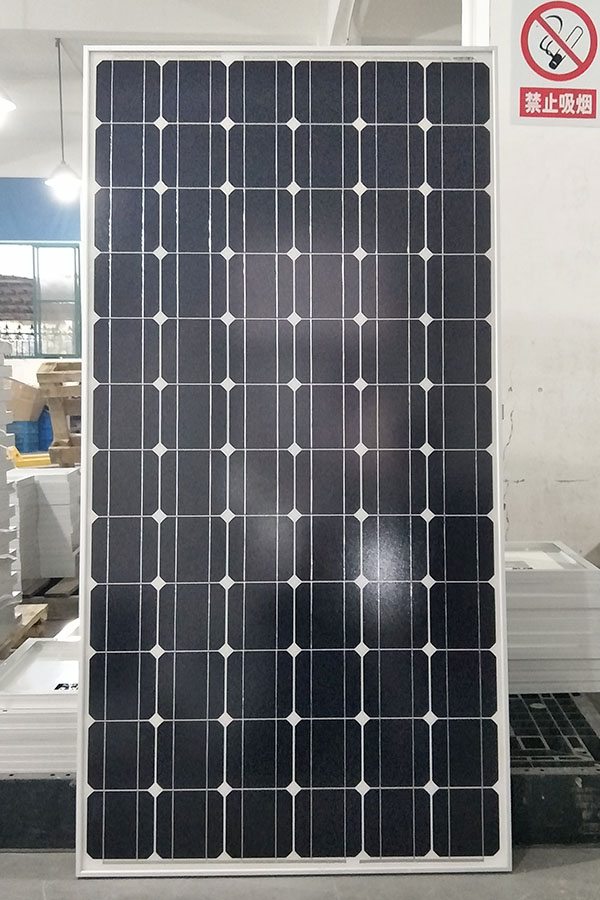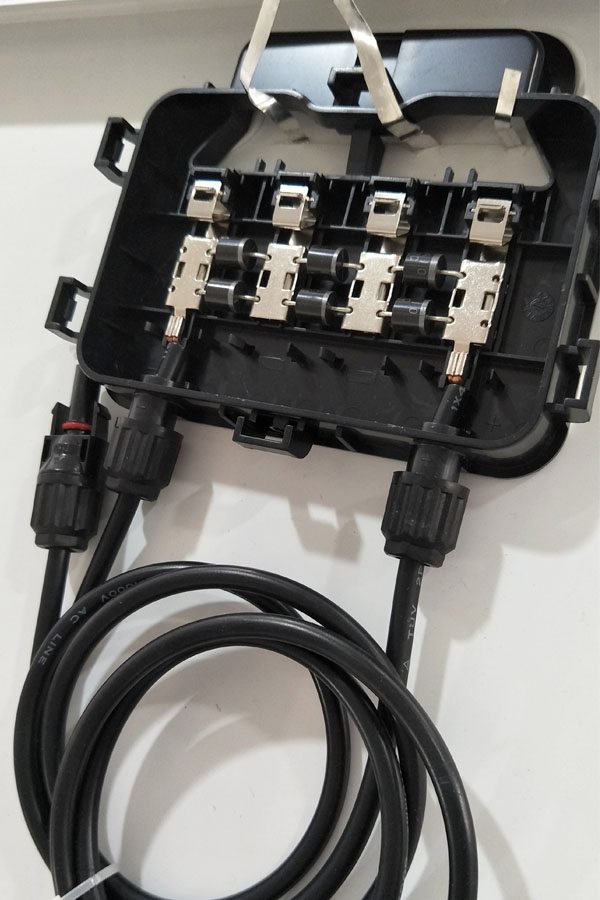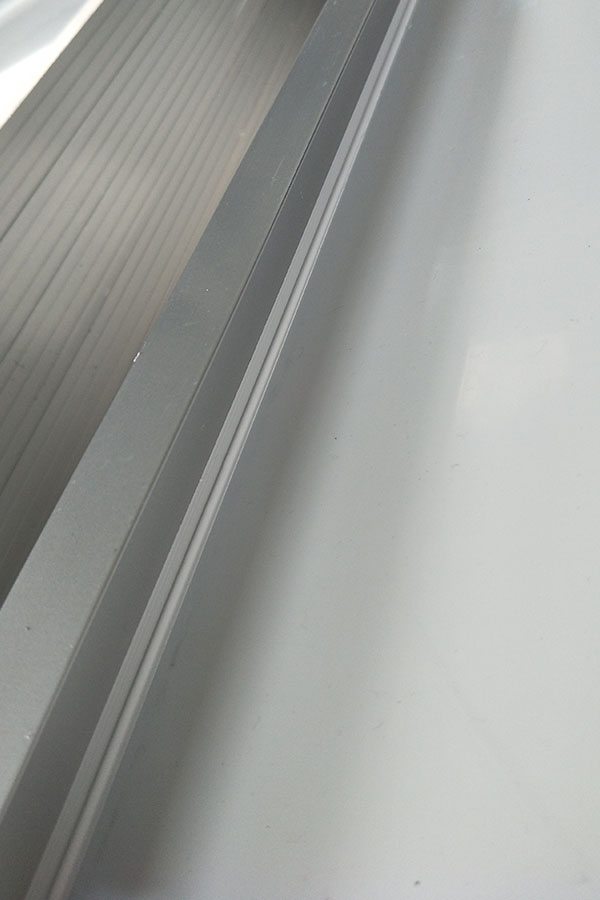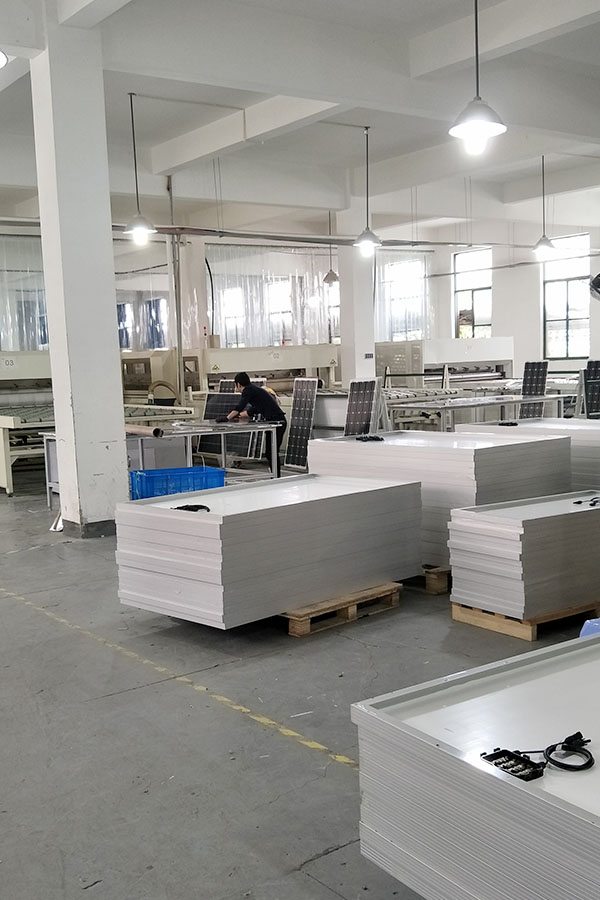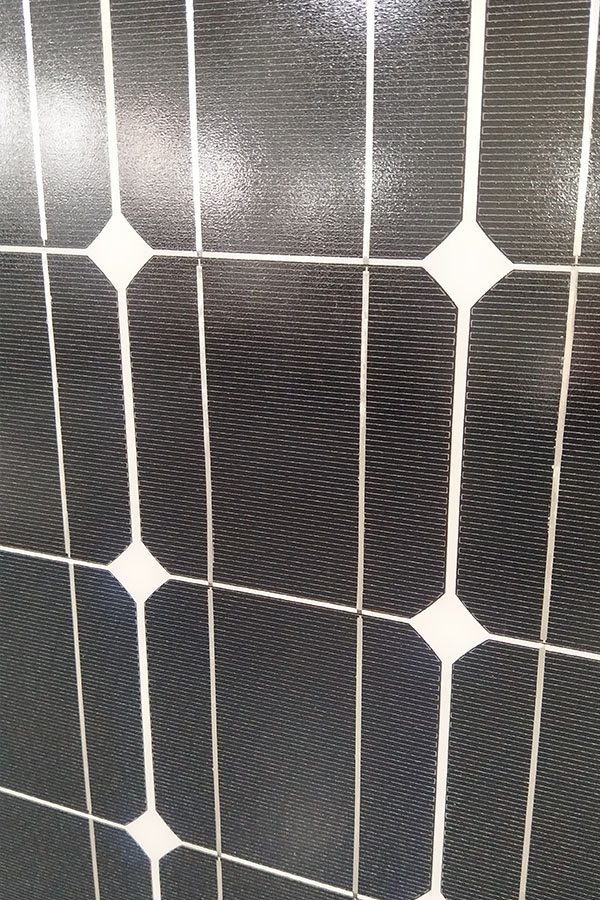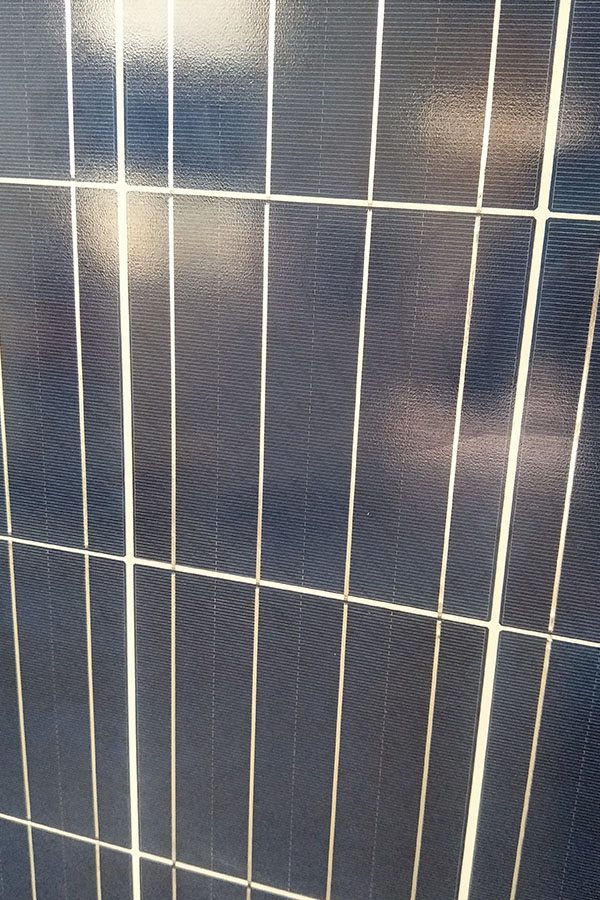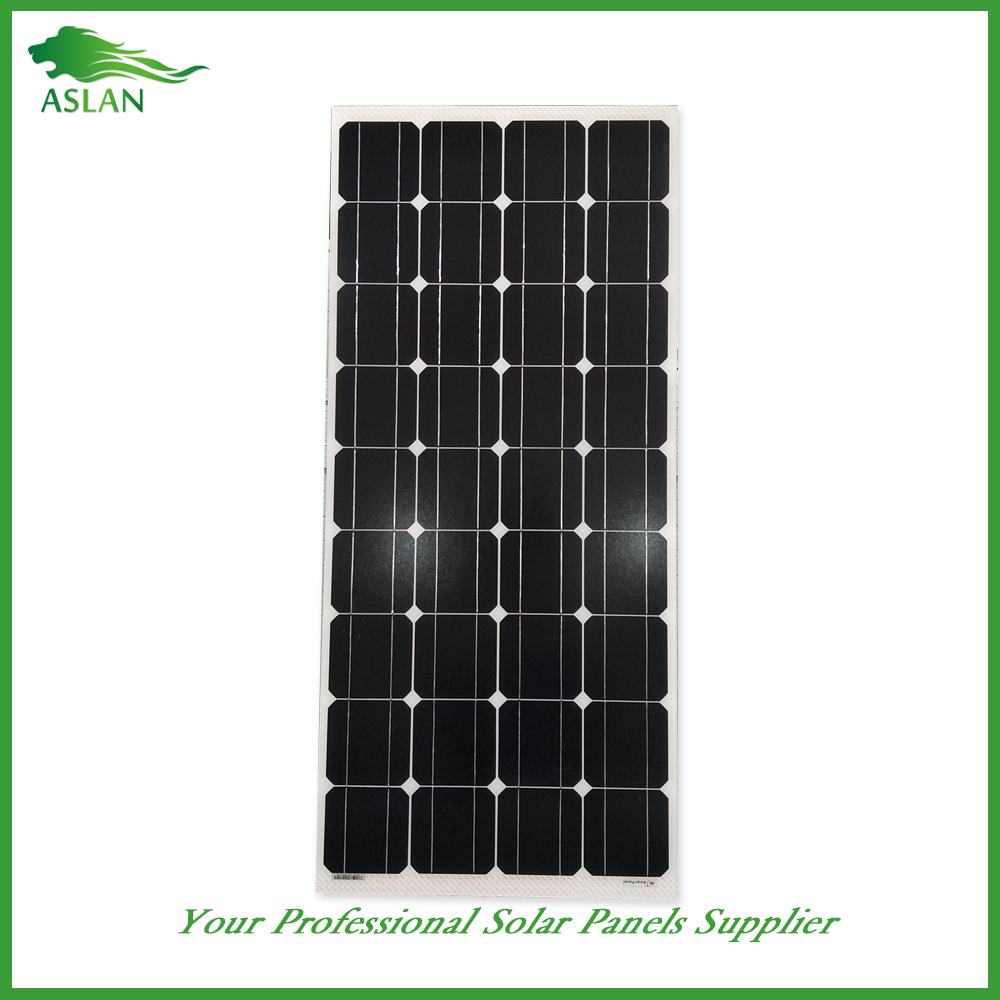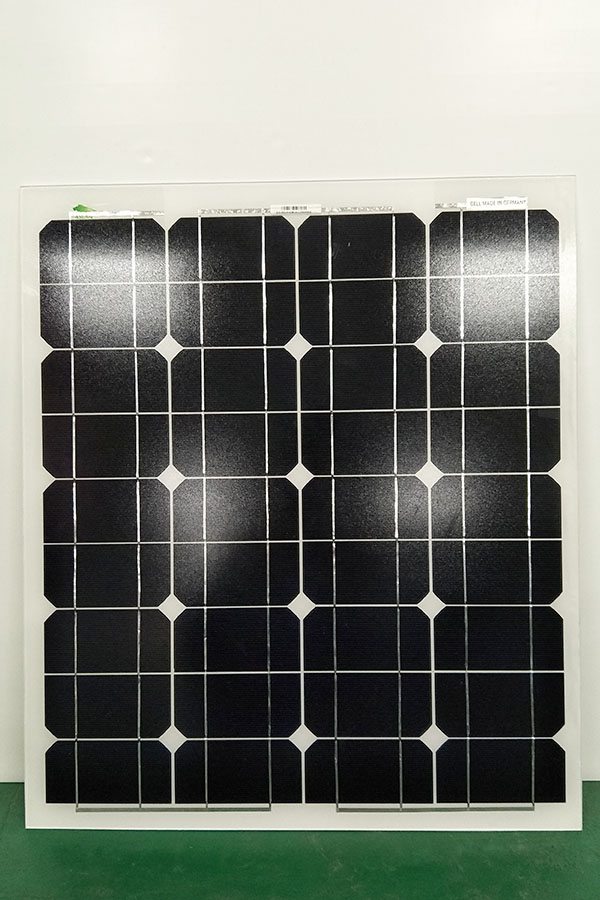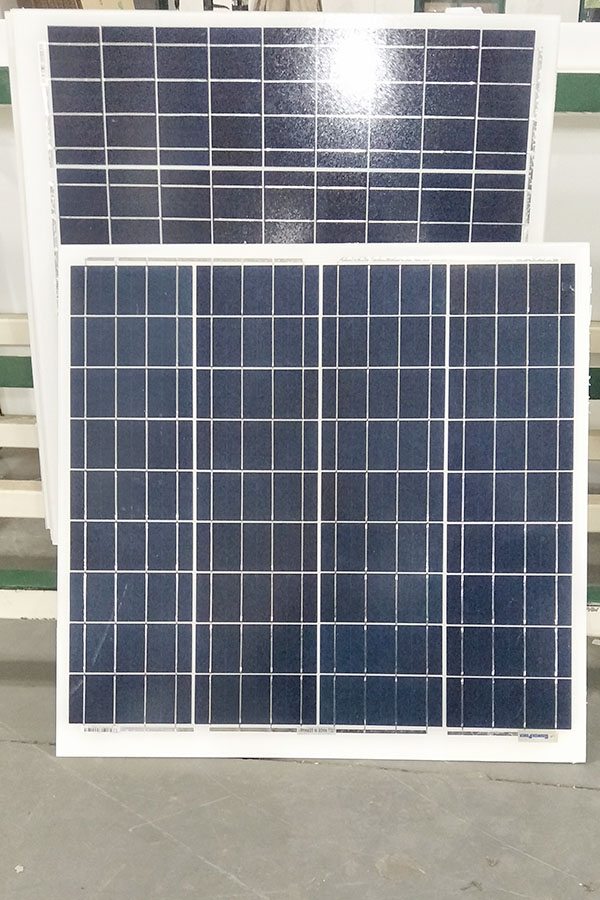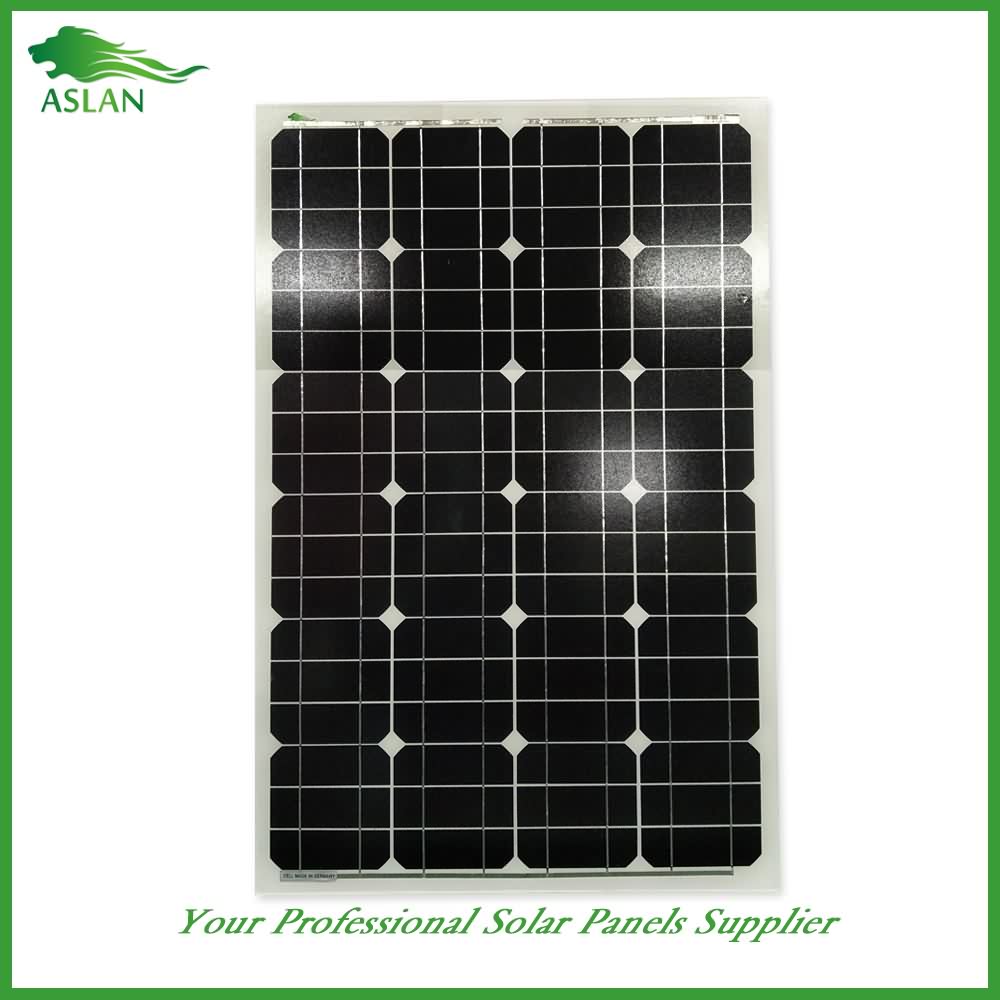Wholesale Price China Mono-Crystalline 200W Solar Panel in Asia
Short Description:
Our development depends on the advanced equipment, excellent talents and continuously strengthened technology forces. Wholesale Price China Mono-Crystalline 200W Solar Panel in Asia, We warmly welcome merchants from home and abroad to call us and establish business relationship with us, and we will do our best to serve you.
Mono-Crystalline 200W Solar Panel
Technical parameter
Maximum Power(W) 200W
Optimum Power Voltage(Vmp) 37.29V
Optimum Operating Current(Imp) 5.36A
Open Circuit Voltage(Voc) 45.48V
Short Circuit Current(Isc) 5.89A
Mechanical Characteristics
Cell Type Monocrystalline 125x125mm (5 inch)
No of Cell 72 (6x12pcs)
Dimensions 1580x808x35mm
Weight 14.5Kg
Front Glass 3.2mm,High Transmission, Low Iron,Tempered Glass
Junction box IP65 Rated
Output Cable TUV 1×4.0mm2/UL12AWG,Length:900mm
Temperature and Coefficients
Operating Temperature(°C): -40°C ~ + 85°C
Maximum System Voltage: 600V(UL)/1000V(IEC) DC
Maximum Rated Current Series: 15A
Temperature Coefficients of Pmax: -0.47%
Temperature Coefficients of Voc: -0.389%
Temperature Coefficients of Isc: 0.057%
Nominal Operationg Cell Temperature (NOCT): 47+/-2°C
Materials of solar panel
1).Solar Cell——Mono-crystalline solar cell 125*125mm
2).Front Glass——-3.2mm, high transmission, low iron, tempered glass
3).EVA——-excellent anti-aging EVA
4).TPT——-TPT hot seal made of flame resistance
5).Frame——anodized aluminum profile
6).Junction Box——-IP65 rated, high quality, with diode protection
Superiority: high quality anodized aluminum frame, high efficiency long life, easy installation, strong wind resistance, strong hail resistance.
Features
1. High cell efficiency with quality silicon materials for long term output stability
2. Strictly quality control ensure the stability and reliability, totally 23 QC procedures
3. High transmittance low iron tempered glass with enhanced stiffness and impact resistance
4. Both Polycrystalline and Mono-crystalline
5. Excellent performance in harsh weather
6. Outstanding electrical performance under high temperature and low irradiance
Quality assurance testing
Thermal cycling test
Thermal shock test
Thermal/Freezing and high humidity cycling test
Electrical isolation test
Hail impact test
Mechanical, wind and twist loading test
Salt mist test
Light and water-exposure test
Moist carbon dioxide/sulphur dioxide
off grid inexpensive cabin, we decided to buy more solar.Harbour freight was having a sale on their solar panel kits,so we bought 2.They wete $109 each.
In this episode, setting a solar cell efficiency record and building a better car battery from graphene. Welcome to your Manufacturing Minute.
Perovskite Solar Cells Sets Efficiency Record
Being flexible, simple to make and cheap to produce are just some of the reasons why perovskite solar cells are the hottest trend in solar technology.
And now, thanks to a group of researchers at the University of South Wales, the technology has reached another milestone — a new efficiency record.
Researchers claim to have achieved a 12.1 percent energy conversion efficiency rating for a 2.5 square-inch perovskite solar cell. This is at least 10 times the size of the current certified high-efficiency perovskite cells.
Most commercial solar cells are made from a refined, highly purified silicon crystal and need to be baked above 800 degrees Celsius in multiple high-temperature steps. However, perovskites are made at lower temperatures and are 200 times thinner.
These solar cells — which are flexible enough to be able to be sprayed or painted on surfaces — are made from crystals grown in a perovskite structure. The smooth layers, with large grain sizes, are what allow the cells to absorb more light.
USW researchers say the technology is a hot area of research and teams are competing to advance the design to be even more efficient. Researchers believe an efficiency rating of 24 percent is possible within a year or so.
SO, WHAT DO YOU THINK?
Are perovskite solar cells the future of low-cost solar energy? How do you see this technology being implemented in homes or the workplace?
Tell us what you think in the comments below.
A Better Car Battery Made From Graphene
Numerous issues, from cost to range anxiety, are impeding the broader car market’s embrace of electric vehicles.
But one crucial problem could eventually be resolved thanks to a second-year engineering student in England.
Electric vehicles can take hours to recharge, a serious problem in a market where drivers are accustomed to refueling their cars in a few minutes.
A battery design developed by Josh de Wit of the University of Sussex, however, could reduce those charging times significantly.
de Wit was recently awarded the Autocar-Courland Next Generation Award for his concept, which would create a car battery by stacking graphene — or ultra-thin sheets of carbon.
Graphene is lightweight, ultra-strong and highly conductive — and could a wide range of industrial applications.
But in a car battery, it would take far less time to charge.
It would also store more energy, and would be stronger, lighter and cheaper than conventional electric car batteries.
The university’s business incubator is currently working with de Wit to develop a prototype and work towards taking the design to market.
SO, WHAT DO YOU THINK?
Could this concept finally push electric vehicles into the mainstream? Let us know your thoughts in the comments below.
That’s all the time we have for today, but tune in every Tuesday and Thursday for your next Manufacturing Minute.
